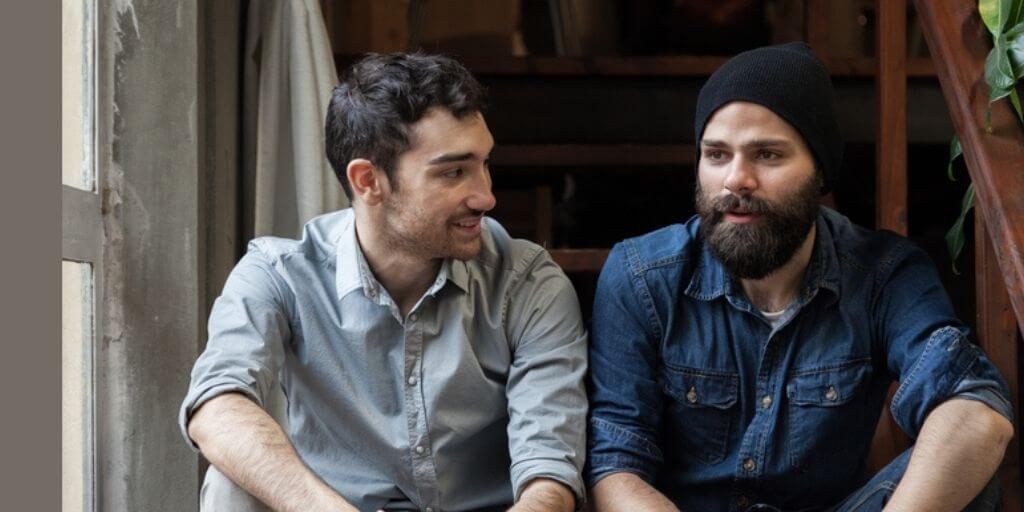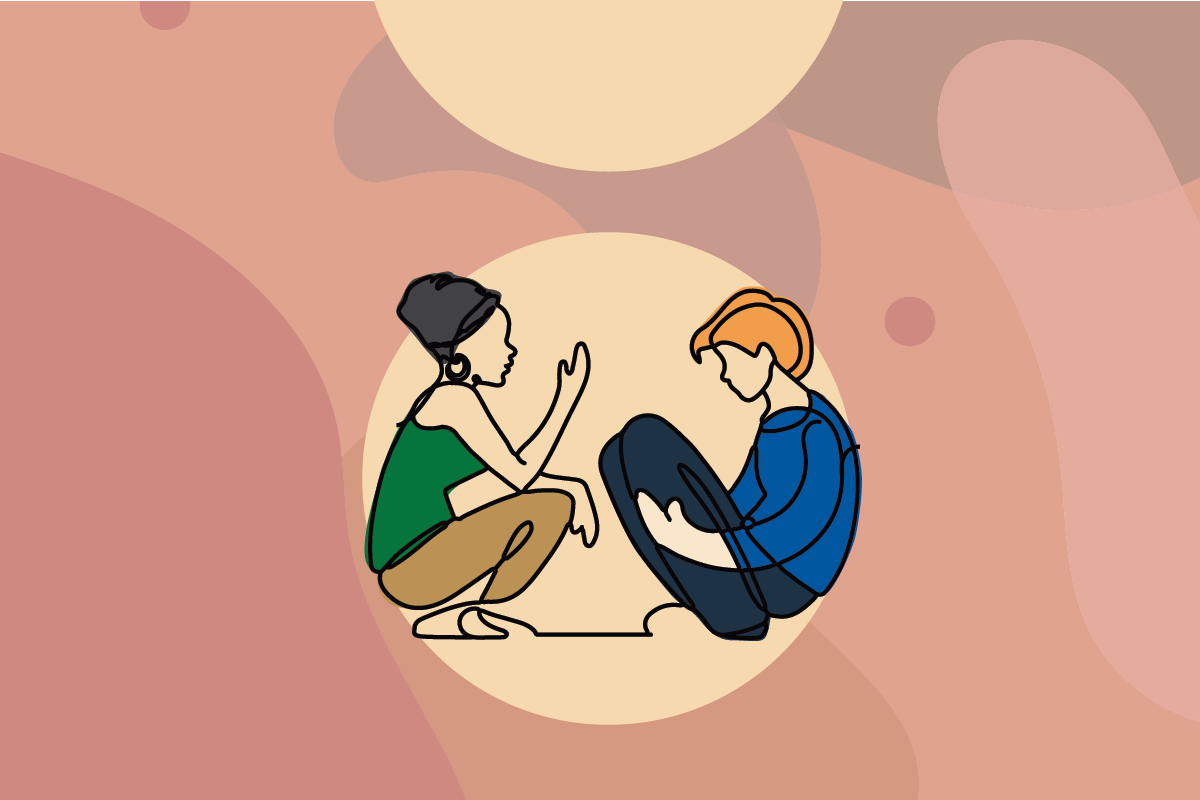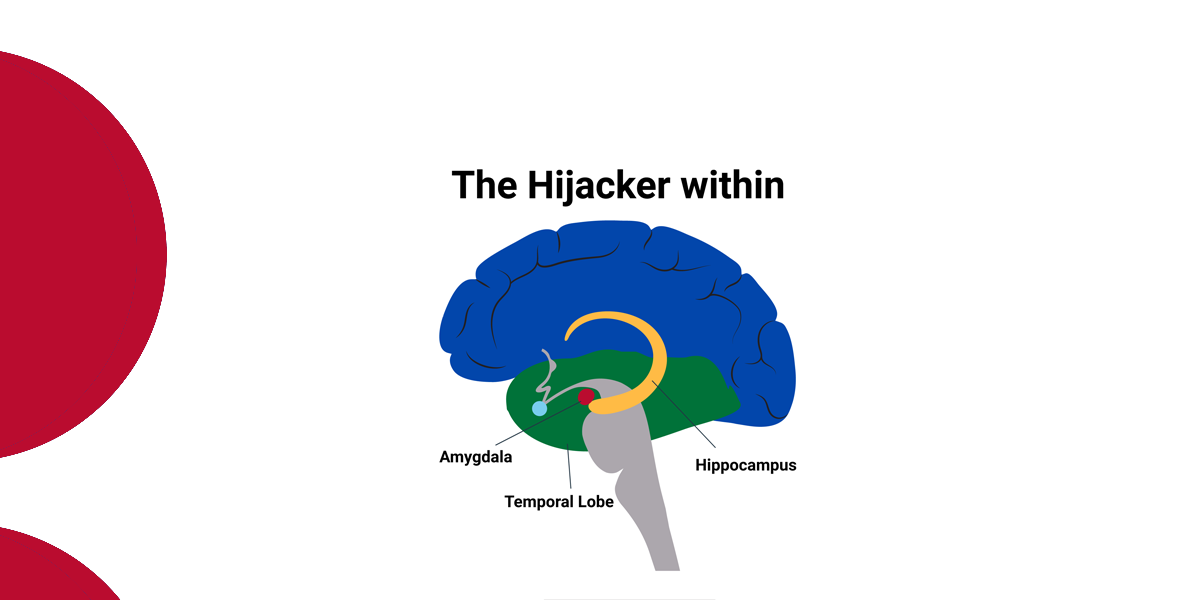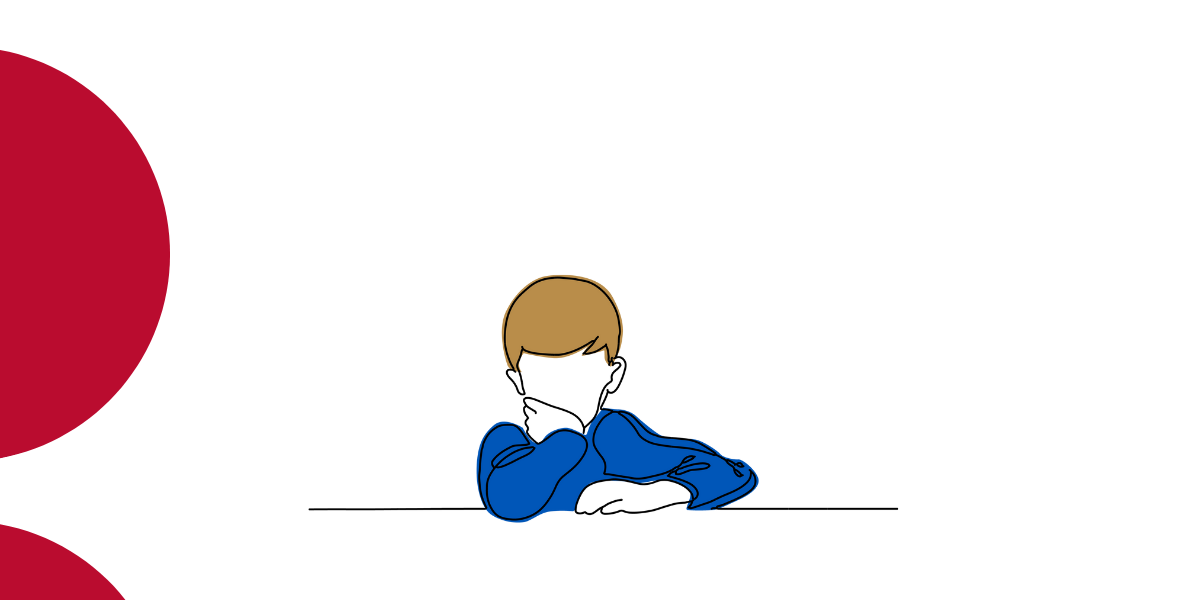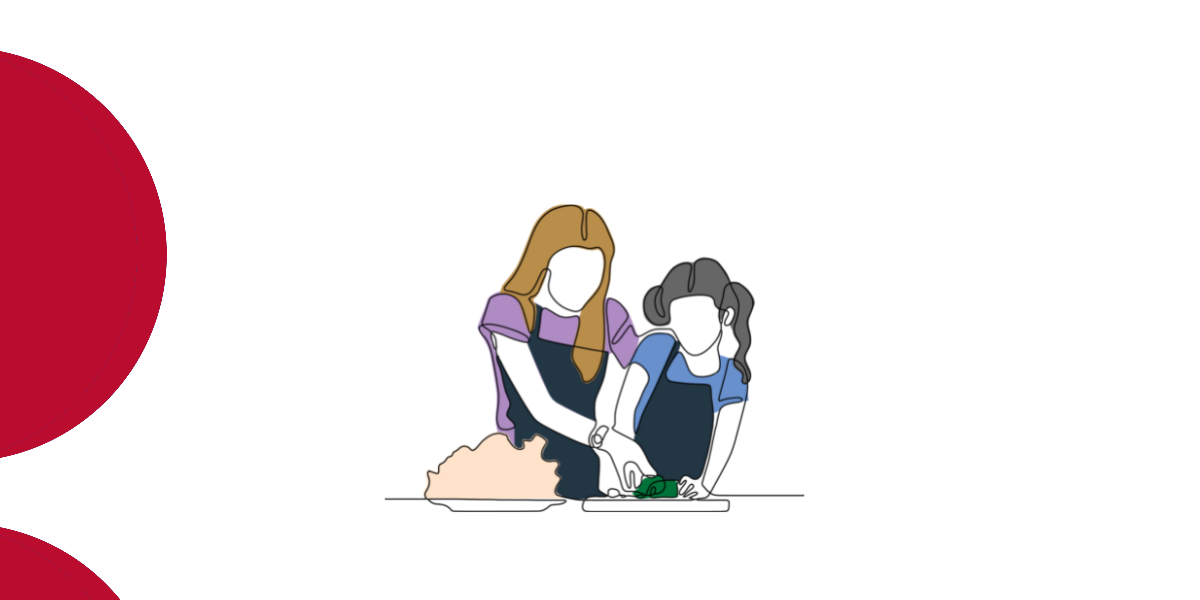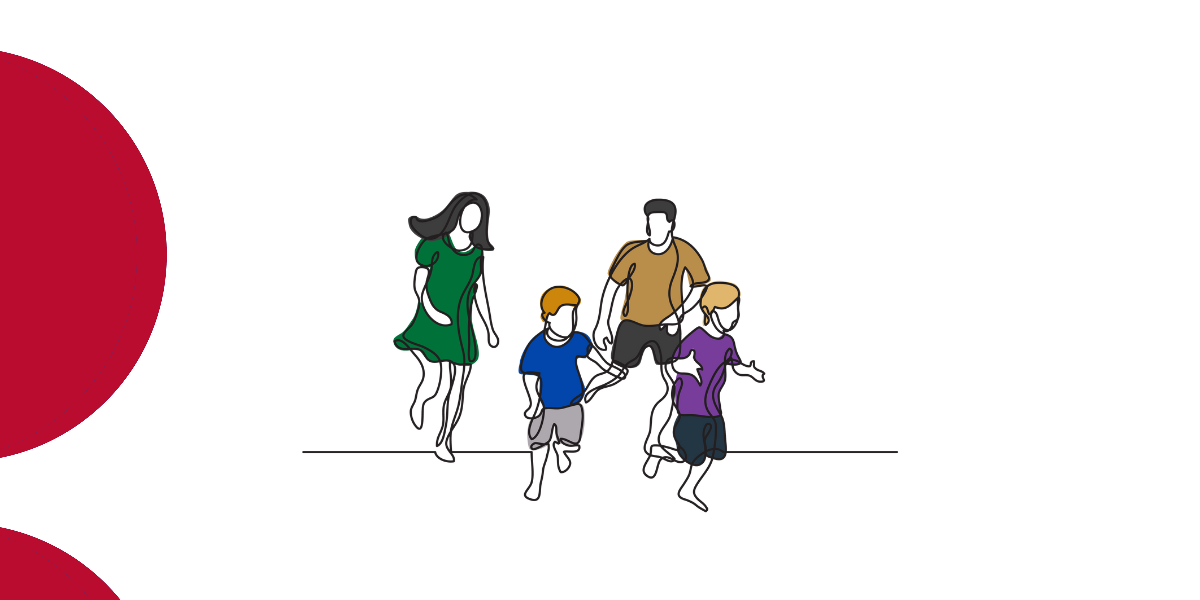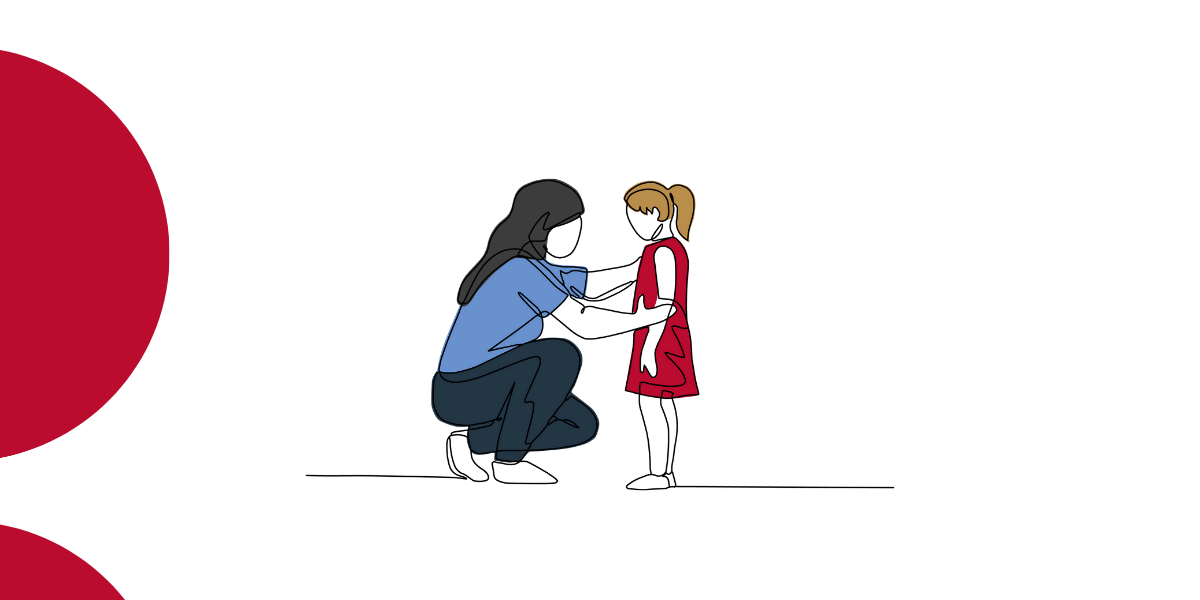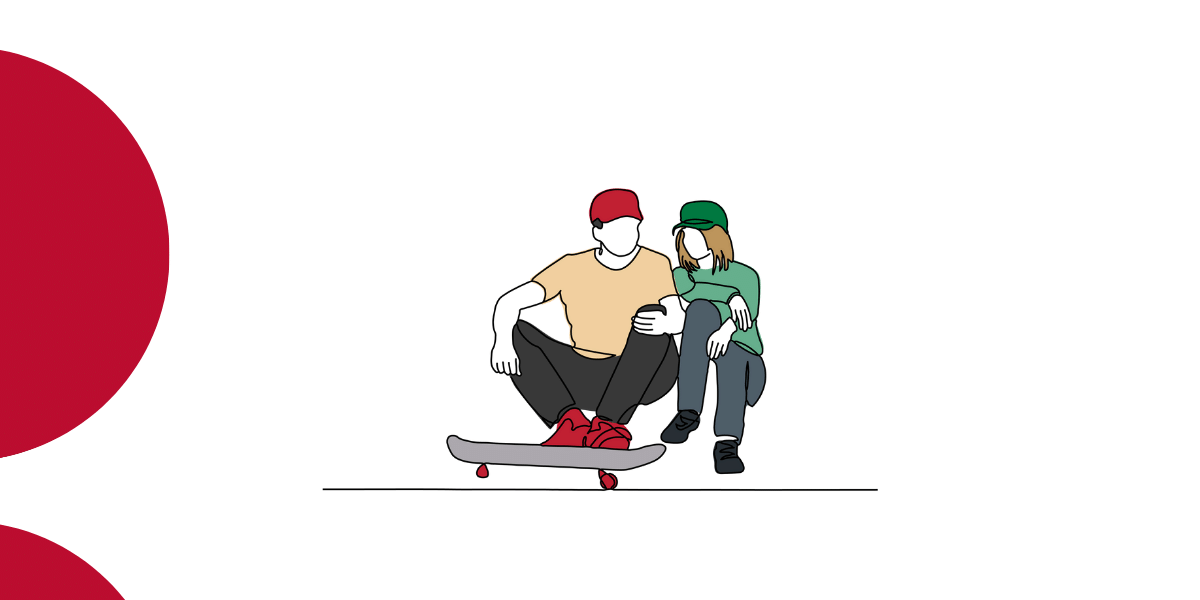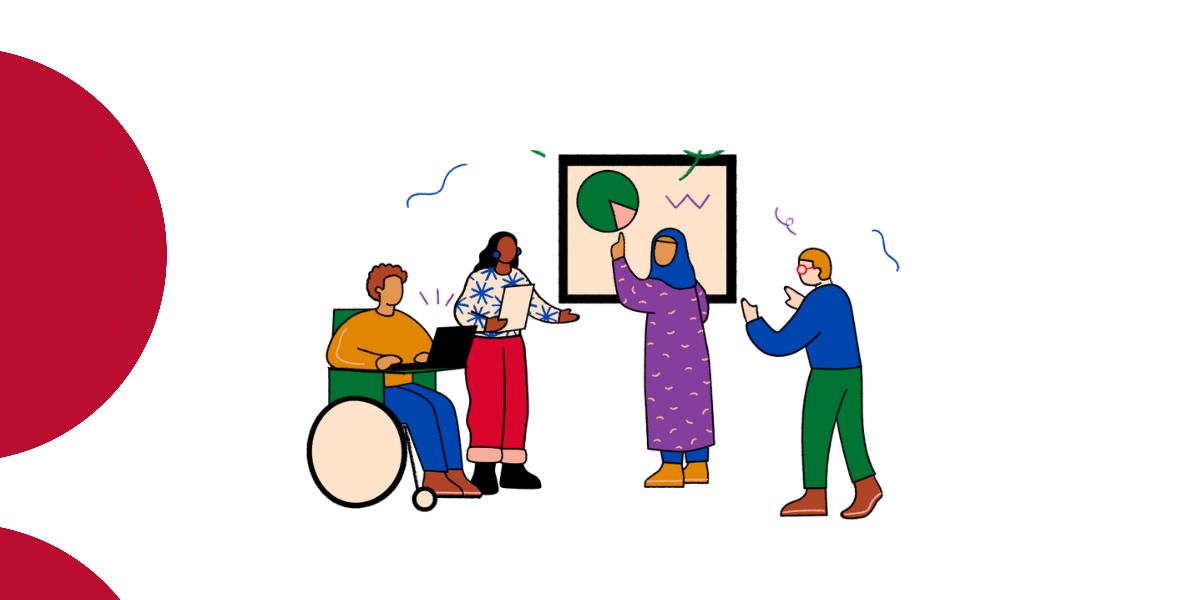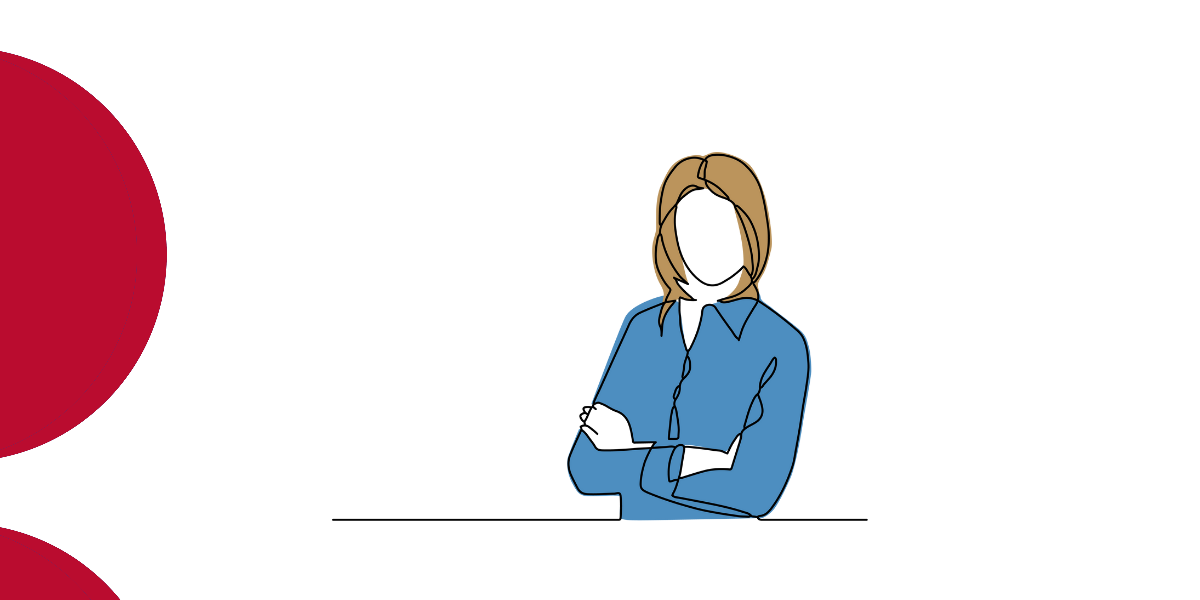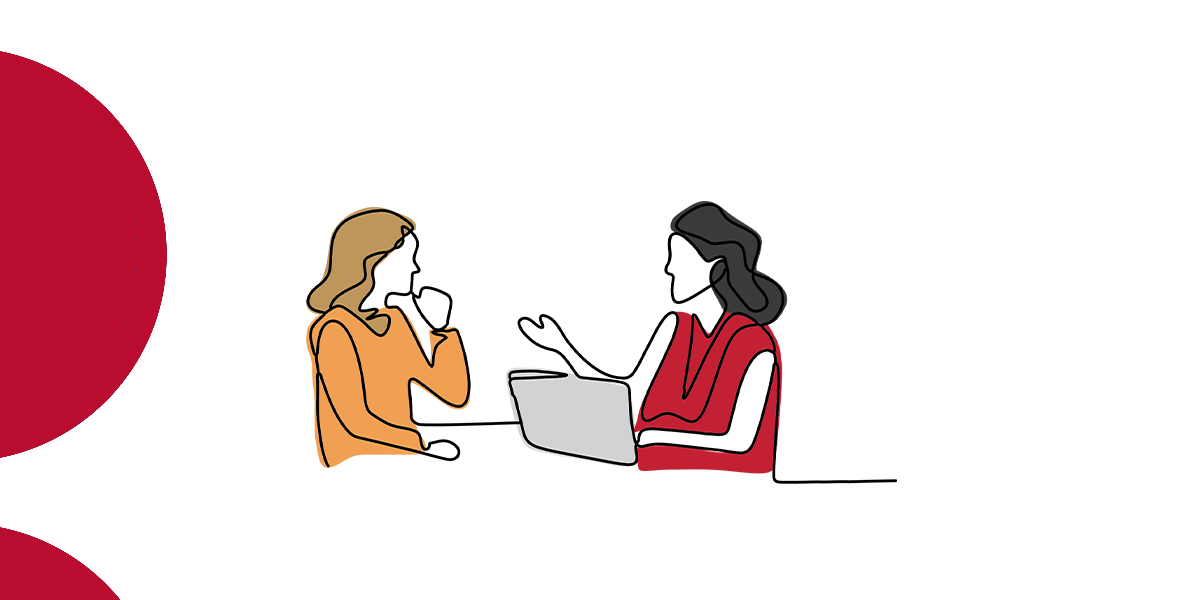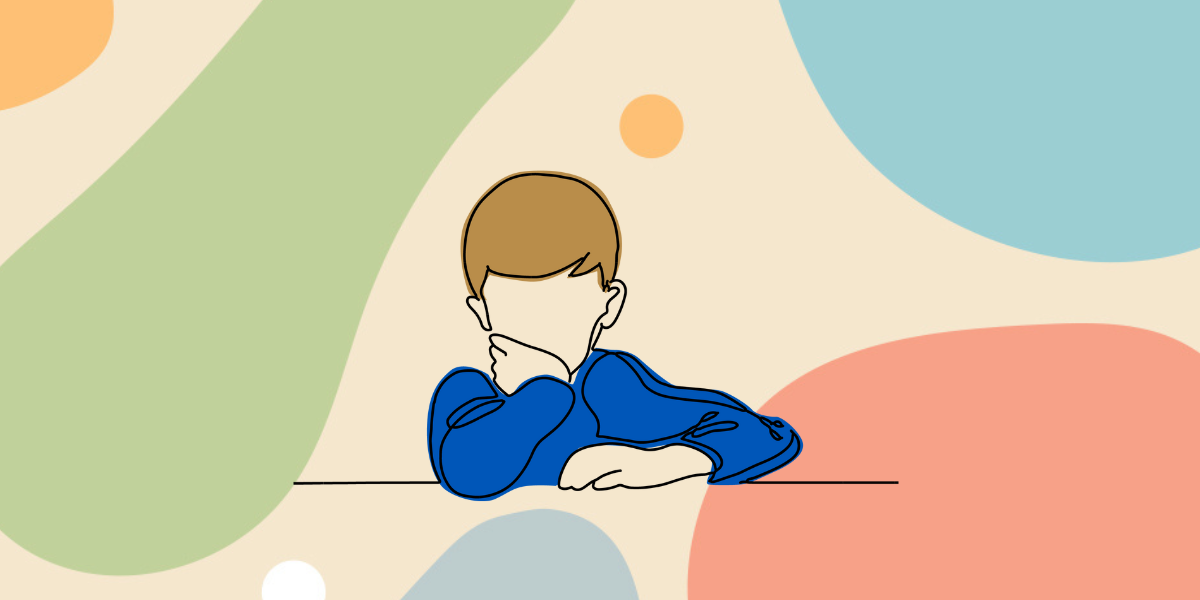Creating a balance between empowerment and limit setting in therapeutic care – Practice guide
Download PDFJun 2022
Written by Glenys Bristow Noel Macnamara Janise Mitchell
This guide has been developed to support Therapeutic Care carers and staff to navigate the critical balance between empowering children and young people and setting limits.
One of the most challenging tasks for Care Teams, Case Managers, Therapeutic Specialists, Managers and Therapeutic Residential Workers to agree on and implement is limit setting with ‘appropriate consequences or discipline.’
This Practice Guide explores these concepts and considers how to establish the right balance between empowerment and limit setting for children and young people with trauma-based behaviours (Morton Clark and Pead 2000).
Key Messages
- Empowerment and limit setting are developmental needs that are significantly disrupted or unmet in the lives of traumatised children and young people with complex needs.
- An inability to understand trauma-based behaviours often sees the child or young person ‘labelled’ and known by reported negative, ‘high risk’, ‘challenging’ and sometimes unsubstantiated behaviours until over time the child or young person feels they must live up to this ‘created identity.
- A trauma-informed or therapeutic approach orients us to be curious about what is going on for the child or young person rather than seeing the behaviour as separate from what has happened to them.
- Setting limits and boundaries is an act of nurturing and care when done in the context of respectful attuned relationships.
- Be strong enough to help ‘hold/carry’ the agreed line and the child or young person’s pain. Endure/ travel their journey with patience, advocacy, nurture and caring.
- There needs to be clearly articulated behavioural and social expectations that are understood by children and young people.
- Consistent routines support children and young people to be clear about expectations of themselves as well as understand what to expect from staff.
- Setting limits with children and young people is a constant process of letting go and reeling in, within a safe environment. Limits and boundaries should be reviewed by staff and the Therapeutic Specialist, in conjunction with the child or young person, in recognition of their maturing capacities to exercise sound judgement and decision making.
- Understand and support the capacity of the child or young person to make good life decisions and avoid risk-taking and unsafe behaviour. Provide them with opportunities to practice having a voice and making decisions within their developmental abilities.
- Use a combination of pre-planned consequences developed in consultation with the Therapeutic Specialist and the child or young person. These need to be developmentally appropriate and link to behaviour as soon as possible or when it is considered safe for the child or young person.
- Consequences should be about discipline (i.e., seeking to teach) rather than punishment and must relate closely to the change required to address the problem.
- Challenge children and young people to be the best they can be. Have high expectations of them and what they can achieve.








